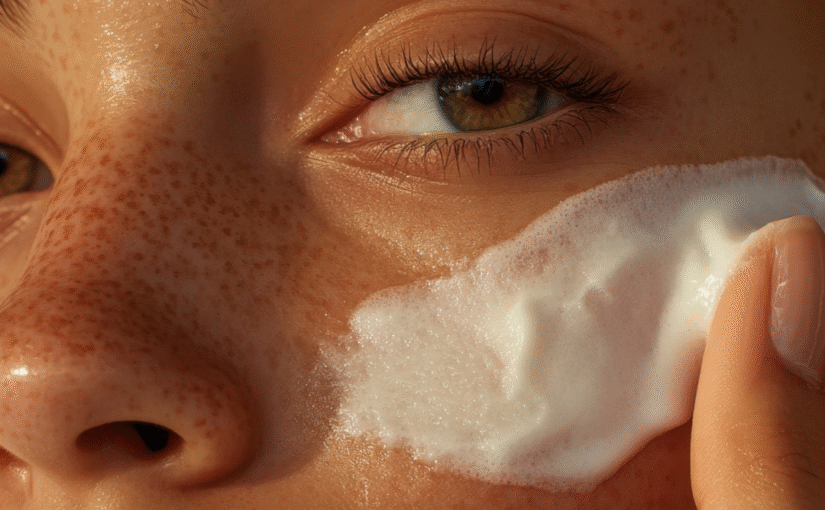A Celebration of Skin, Self-Care & Confidence!
We’re so excited to welcome you to our Summer Skin Event—a vibrant, educational, and uplifting day dedicated to helping you feel confident in your skin.
Whether you’re already part of our skin clinic family or you’re just beginning your journey to healthier skin, this event is designed to give you a true taste of what we offer—and why skin health is always worth celebrating.
Why We’re Hosting This Event
At RE/Skin Clinic, we believe education is just as important as treatment. Our goal is to empower you with knowledge about your skin, so you can make informed decisions and achieve long-term, visible results. This event is a chance for us to connect with you on a deeper level, answer your questions, and showcase the amazing tools and treatments we use to restore skin health and confidence every day.
What’s Happening on the Day?
We’ve carefully curated the day to give you a complete, enjoyable experience that blends expert care, hands-on learning, and a little pampering. Here’s what you can look forward to:
💆♀️ Mini Skin Consultations
You’ll receive personalised advice from our expert skin therapists, tailored to your concerns and skin goals. Whether you’re dealing with acne, sensitivity, pigmentation or simply want to refresh your routine, this is your chance to get clear, professional guidance.
💄 Makeup Consultations
Learn how to enhance your natural features and support your skin health with makeup that works with your skin, not against it. Our expert guest Et al artist will be offering makeup consultations, colour matching and full makeovers as well as tips and product recommendations to boost your confidence and your glow.
💻 Live Treatment Demonstrations
Curious about our advanced treatments? Watch them in action! You’ll get a behind-the-scenes look at how our therapies work, what they feel like, and the kinds of results you can expect.
🎟️ Raffle Prizes & Goodie Bags
All attendees will receive a goodie bag filled with skincare samples and treats. Plus, you’ll be entered into our raffle for a chance to win some amazing skin and beauty prizes!
Bring a friend and you’ll both receive bonus raffle entries too.
🥂 Skin Health Cocktails & Nibbles
We’ll be serving up refreshing skin-loving cocktails and nourishing nibbles so you can relax and enjoy the day while mingling with like-minded skin enthusiasts.
Who Is This Event For?
This event is open to everyone—whether you’re struggling with problematic skin, maintaining your skin health, or just love skincare. It’s ideal for:
-
Clients curious about starting treatments
-
Anyone wanting to learn more about their skin
-
Those who love skincare, beauty and wellness
-
Friends looking for a fun, informative outing!
How to Book
We’ve set aside bookable time slots for consultations and the makeup sessions and to ensure every guest gets time and attention. Spaces are limited, and we expect them to go quickly.
👉 To reserve your spot now
contact us directly at info@reskinclinic.co.uk
We can’t wait to see you there and help you fall in love with your skin all over again. Because when your skin is healthy, your confidence shines.
With love,
The RE/Skin Team 💛











